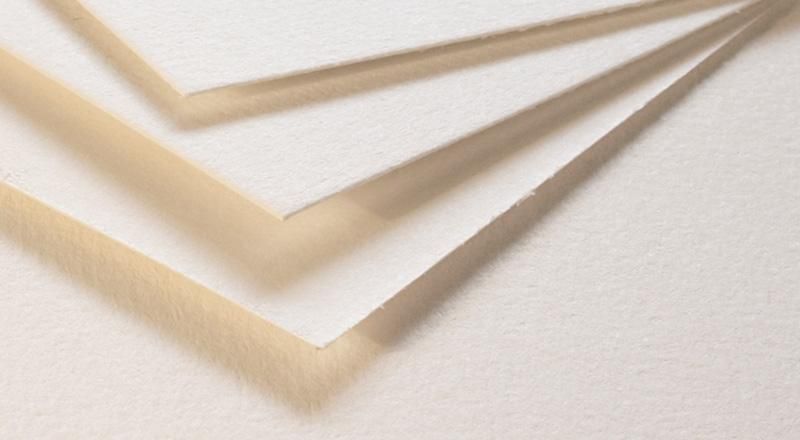Four major development trends of calcium carbonate technology for papermaking

As an important paper-making filler and coating pigment, calcium carbonate has shown its unique advantages and has the potential to continue to flourish. As the paper industry has stricter requirements on product quality and more diversified product types, surface modification, nanotechnology, specialization and the development of new calcium carbonate products will become a new direction for the development of calcium carbonate product technology.
Calcium carbonate is an inorganic substance, the surface of the particles is polar, hydrophilic and oleophobic, and has agglomeration, poor compatibility with organic polymers, uneven dispersion in polymer base materials, low binding force, and easy to produce interfaces Defects lead to unstable product quality. Calcium carbonate without surface modification as a paper-making filler has disadvantages such as poor compatibility and binding force with pulp fibers, low retention rate in paper, and reduced mechanical strength of paper. Therefore, calcium carbonate needs to be surface modified in order to be better used in the paper industry.
The surface modification process of calcium carbonate mainly includes dry modification process, wet modification process and in-situ modification process. Generally, heavy calcium carbonate prepared by dry grinding adopts dry modification process, and heavy calcium prepared by wet grinding adopts wet modification process. Light calcium carbonate is prepared by chemical method, generally using in-situ modification process. Commonly used modifiers for surface modification of calcium carbonate for papermaking mainly include coupling agents, polymers, and inorganic substances.
2. Nanoization
After adding nano-calcium carbonate fillers in the papermaking process, the paper has the following characteristics: it can slow down the aging of the paper, so that the paper can be stored for a longer time; it can make the paper absorb a certain amount of ultraviolet rays; it makes the paper not easy to yellow or fade Brittle, and has good isolation properties, etc.
Nano-calcium carbonate is used as a paper-making coating pigment, which is beneficial to improve the gloss, whiteness and coating hue of the coated paper; it can ensure the purity of the white pigment color; it is beneficial to improve the opacity, gloss and printing gloss of the paper, etc. Optical properties; can change the rheological properties of the coating preparation solution; realize the functionalization of the coating paper, such as insulation, conductivity, antibacterial properties, etc.
As a paper-making filler, nano-calcium carbonate is generally used in the production of special paper products, such as diapers, sanitary napkins, color-jet printing paper, paper towels and breathable films.
3. Specialization
Different papers have different properties and require different calcium carbonate properties. In order to improve the economic value, the corresponding calcium carbonate product can be developed for a certain kind of paper, so that it can reduce the production cost while meeting the usage requirements.
High-grade cigarette paper requires that the light calcium carbonate used as a filler should have a relatively complete spindle-shaped crystal form, with uniform and orderly crystal grains; its particle size is mainly distributed around 1-2 μm, and there are no large-size particles (>5 μm); and Good dispersion and bonding performance in pulp.
4. Develop new products of calcium carbonate
(1) mixed calcium carbonate
Mixed calcium carbonate (HCC) is to use ionic polymer to prepare the mixture of ground calcium carbonate and calcium oxide into pre-agglomerates, and then treat the pre-agglomerates with carbon dioxide to form new calcium carbonate between GCC and finally form carbonic acid calcium products. The post-mixed calcium carbonate preparation process is roughly the same as the HCC preparation process, except that the first aggregate is formed only from ground calcium carbonate, and after the ground calcium carbonate pre-agglomerate is prepared, the same amount of calcium oxide as the HCC process is added, and then carbon dioxide is injected. New calcium carbonate is formed on the outside of the GCC first aggregate, and the final calcium carbonate product is post-mixed calcium carbonate (PostHCC or pHCC).
(2) Calcium carbonate whiskers
Calcium carbonate whiskers belong to the aragonite calcium carbonate crystal structure, have high elastic modulus, heat resistance, wear resistance and heat insulation and other good properties, and have the whisker material with large aspect ratio, short fiber and small diameter ( Micron level) and high strength characteristics. It is widely used in the fields of papermaking, cement materials, building materials, coatings and automobile manufacturing materials.
